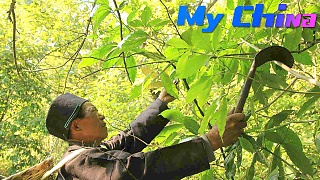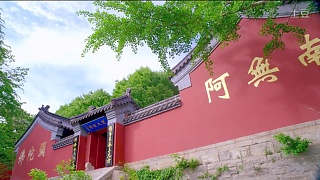Related Videos
Featured Videos

|
With Rafa Goes Around ...
|

|
With Walk East ...
|
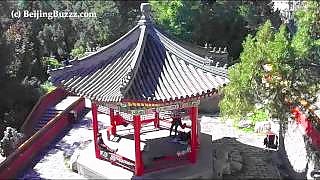
|
Filmed in autumn 2010 ...
|
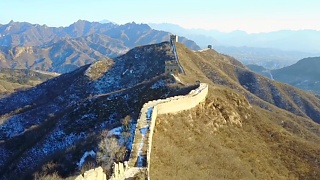
|
JīnShānLǐng Great Wall lies in HeBei province, about two hours north east from BeiJing city.
|

|
With Feeding Foca ...
"The mountains are high,
and the emperor is far away."
|
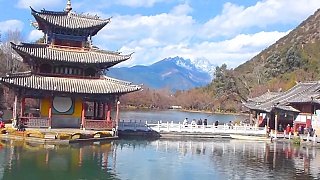
|
YunNan province.
|

|
Located within the LingYing Scenic Area, the temple lies in a beautiful and tranquil setting.
With Go Around China ...
|
 Civilizations – the ‘West’ and the re-rise of China
Civilizations – the ‘West’ and the re-rise of China








